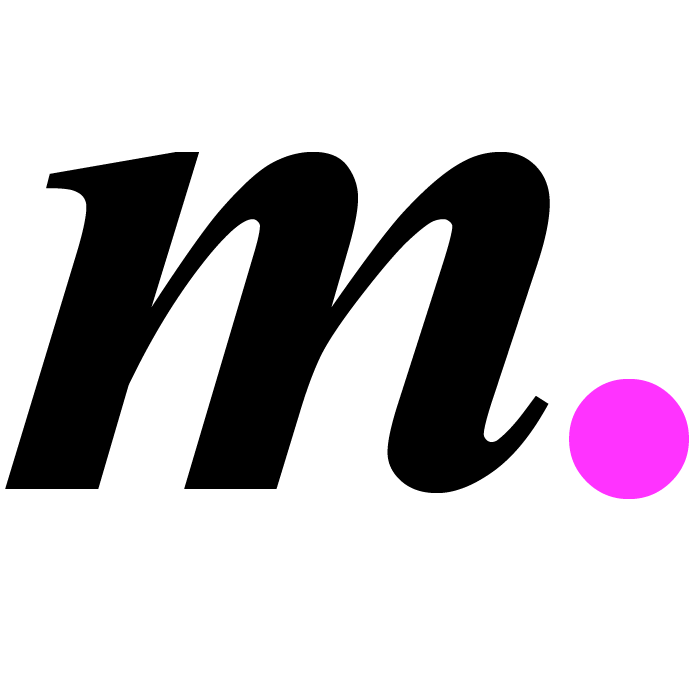En-Plein Air // Neo Impressionism.
Source // Henri Edmond Cross.
Europe, Summer and Autumn 2017.
—
*Related Series // Water Lilies.
—
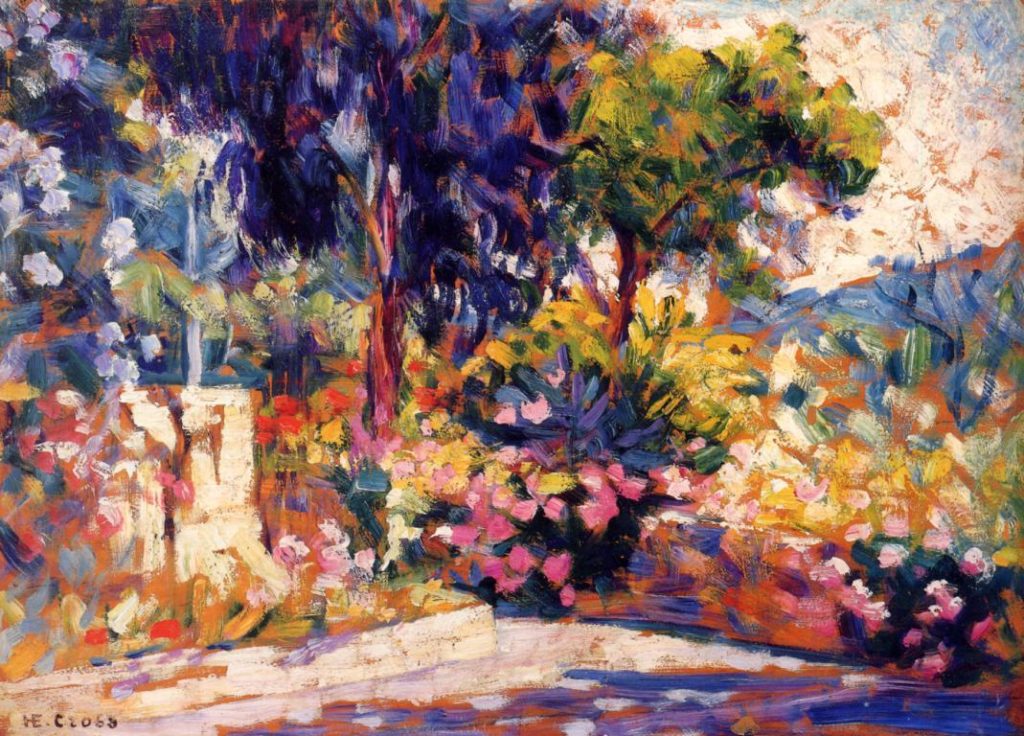
‘En-Plein Air’ inscriptions are artistic interventions based on well-known Impressionist paintings, which algorithmically are added of new possibilities. The 19th century Impressionist painters reimagined nature and captured their feelings in to artworks characterised by small, thin, visible brush strokes. The consequence was to emphasise the artists’ perception, rather than detailed reality. Movement and impermanence were elevated as crucial elements of human sensitivity and visual experience. These inscriptions, which follows on from the author’s work on Monet ‘Water Lilies’, focus on the work of Neo-Impressionist Henri Edmond Cross.
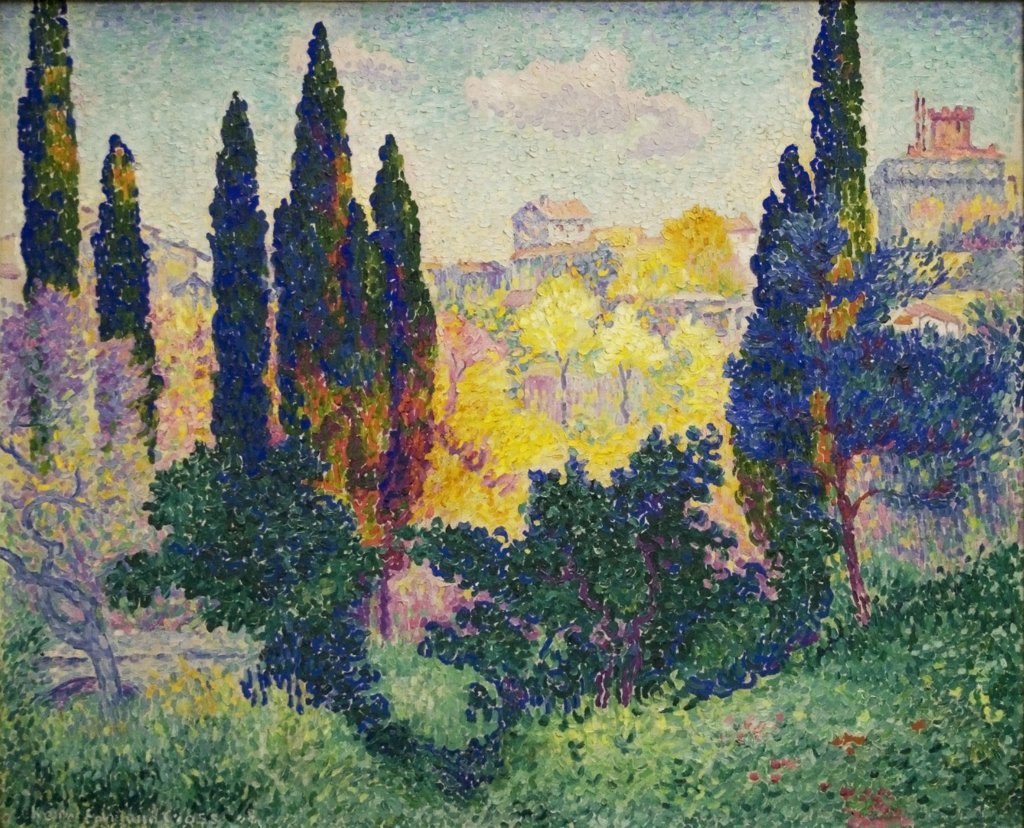
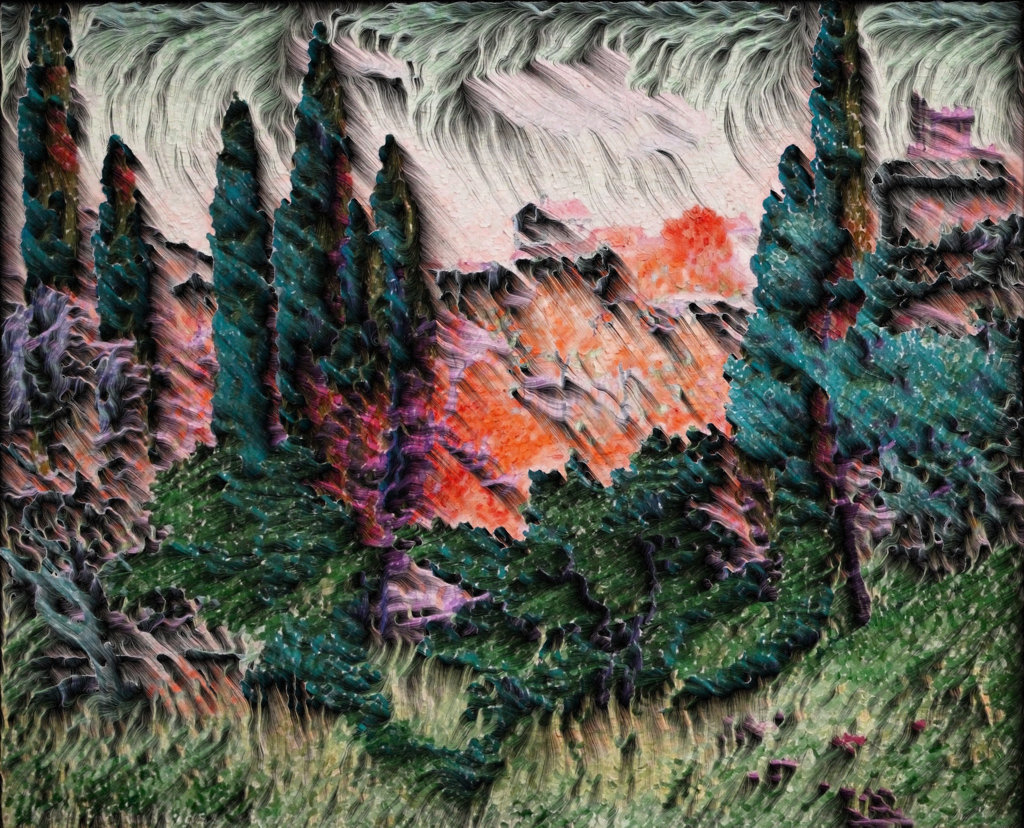
Impressionism continued to evolve over the decades with even more distinctive characteristics. Post-Impressionists stretched Impressionism while rejecting its boundaries; they continued to use vivid colours, thick paint strokes, and real-life scenes, but emphasised geometric distorted forms and used unnatural or arbitrary colours. Neo-impressionists, in which ‘Pointillists’ and ‘Divisionists’ were dominant, began to change and strengthen their image through social and political alliances.
This artistic movement marked a revolutionary break from the normally followed traditions in European art; a sudden and dramatic stylistic shift. The author of ‘En-Plein Air’ was inspired by the Impressionists’ courage to reimagine classical art. Again, Impressionism can be part of our contemporary digital revolution with the 19th century movement not being classed as understood, concluded and defined, but as enduring and open. In ‘En-Plein Air’, digital brushes mix with the oil paintings, providing new opportunities for artistic expressions, creating a series of paintings which resist a finished appearance. The rejuvenated paint strokes evolve, multiply, and form new paths, developing a dynamic computational artwork, transforming, rather than erasing, the historical source. Thus, the Impressionist vision is on the run towards contemporary routes, in a symbiotic creative process characterised by an understanding of the history of art and a mediation between the man and the machine.
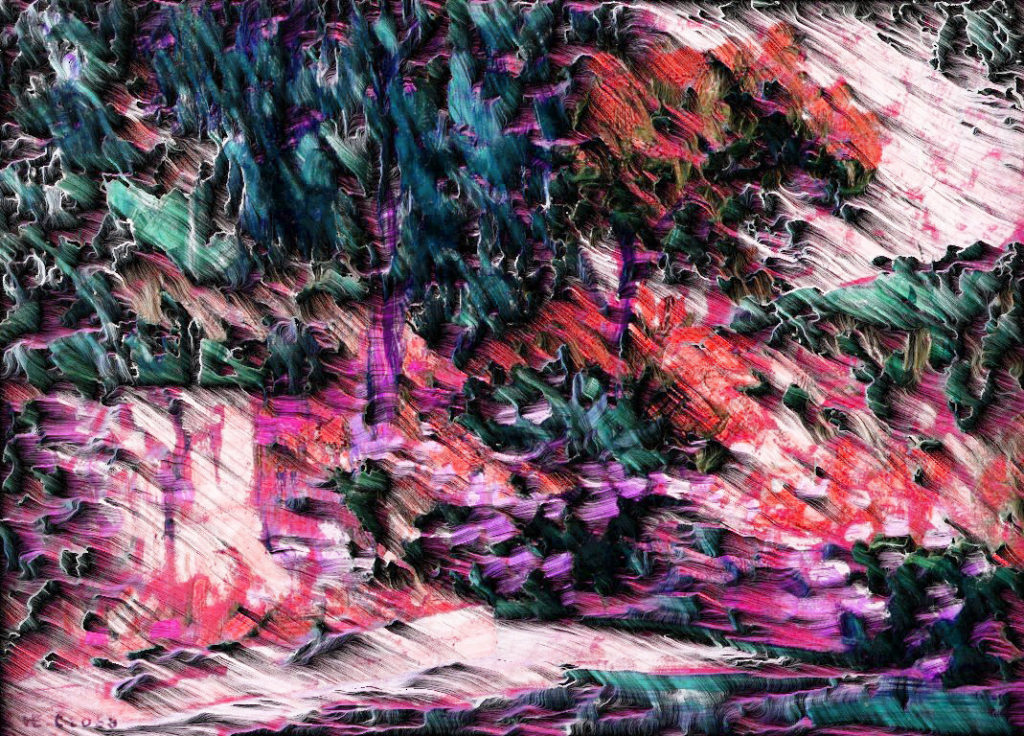
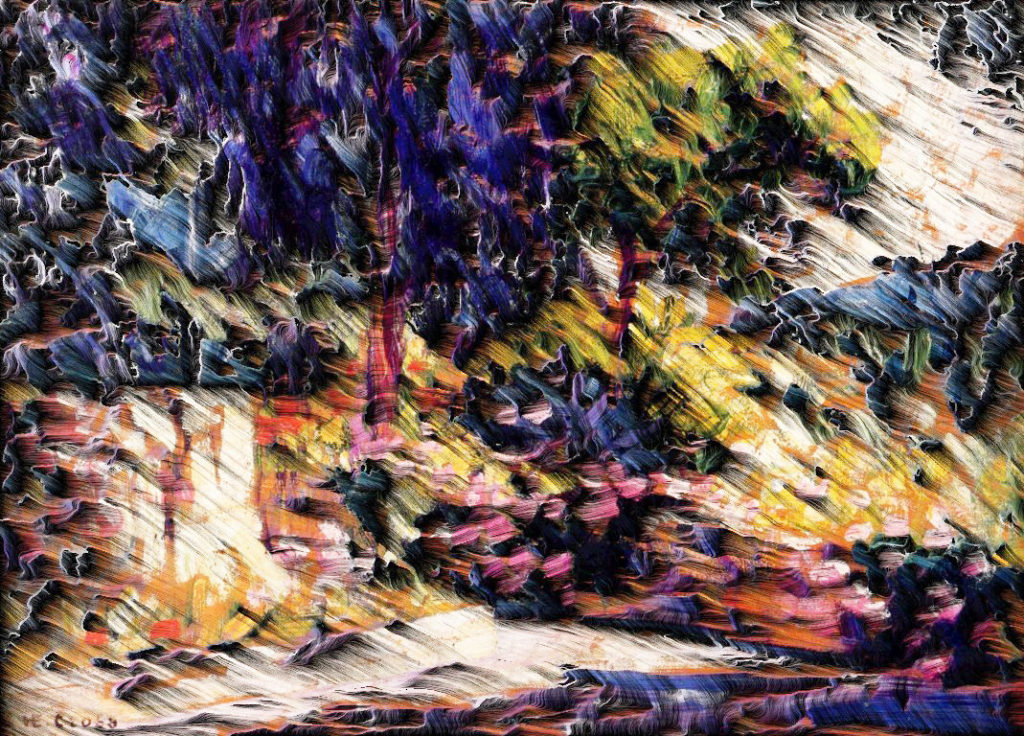
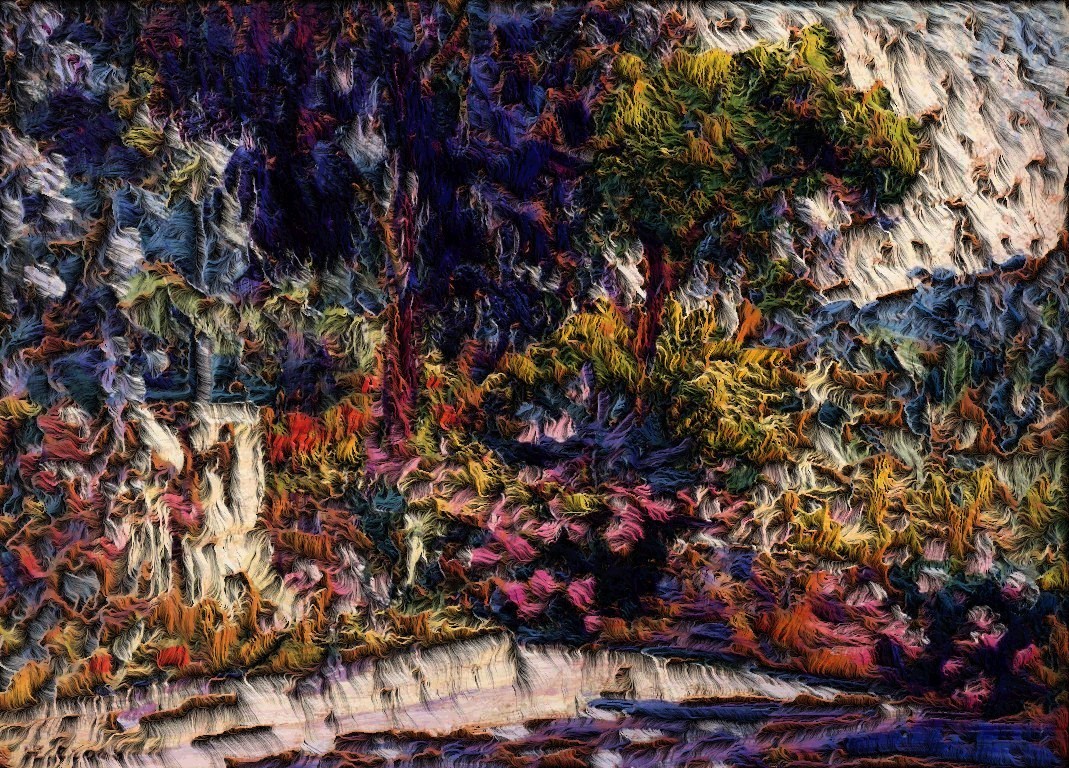
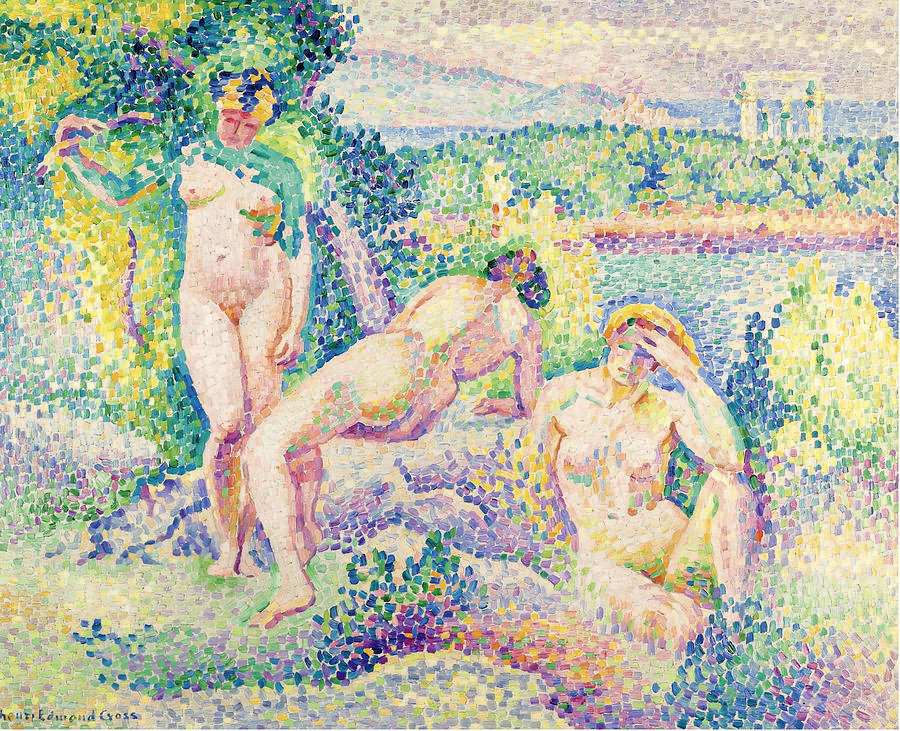
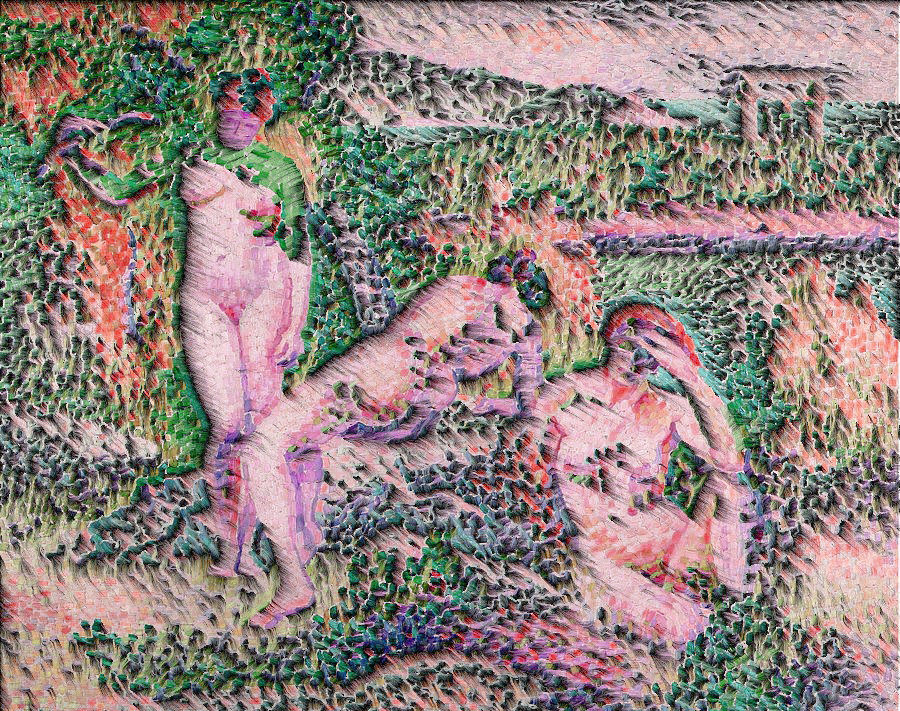
[Italian] Con En-plein air, Neo-impressionism è la volta del neo-impressionismo: sono Gli alberi fioriti di Henri-Edmond Cross a stimolare il processo di creazione artistica in Matteo Mauro e a indurlo a sperimentare, fondendo ispirazioni, sapere e tecniche pittoriche contemporanee. Le opere di Cross vengono catapultate con prepotenza nel nostro oggi, grazie all’uso di tecnologie d’avanguardia, utilizzate in questo caso come mezzi di espressione artistica. Le sue pennellate non privilegiano la realtà dettagliata dei paesaggi ritratti, ma la sua personale percezione di artista. Esperienza visiva filtrata da emozioni e da sentimenti che si palesano nel momento in cui egli tenta di catturare la natura en plein air. Ma la sperimentazione compiuta da Matteo Mauro nella serie intitolata En-plein air, Neo-impressionism – lungi dall’essere un semplice omaggio agli alberi fioriti di Henri-Edmond Cross – compie un ulteriore passo in avanti: l’arte generativa enfatizza queste percezioni soggettive dell’artista, intento a riprodurre ciò che ha davanti a sé e le moltiplica algoritmicamente tendendo all’infinito emotivo. Il risultato è l’approdo a opere nuove che in sé conservano ancora i tratti neo-impressionisti, ma li reinventano, li arricchiscono, li alterano. È questa la forza dei maestri che continuano a essere onnipresenti, delle opere che si oppongono alla chiusura, dell’arte che sa essere dinamica e in fuga verso una continua ricerca del presente che guarda al futuro.
—
#Neo-Impressionism #Contemporary Art #Landscape Painting #Reimpressionism
Share